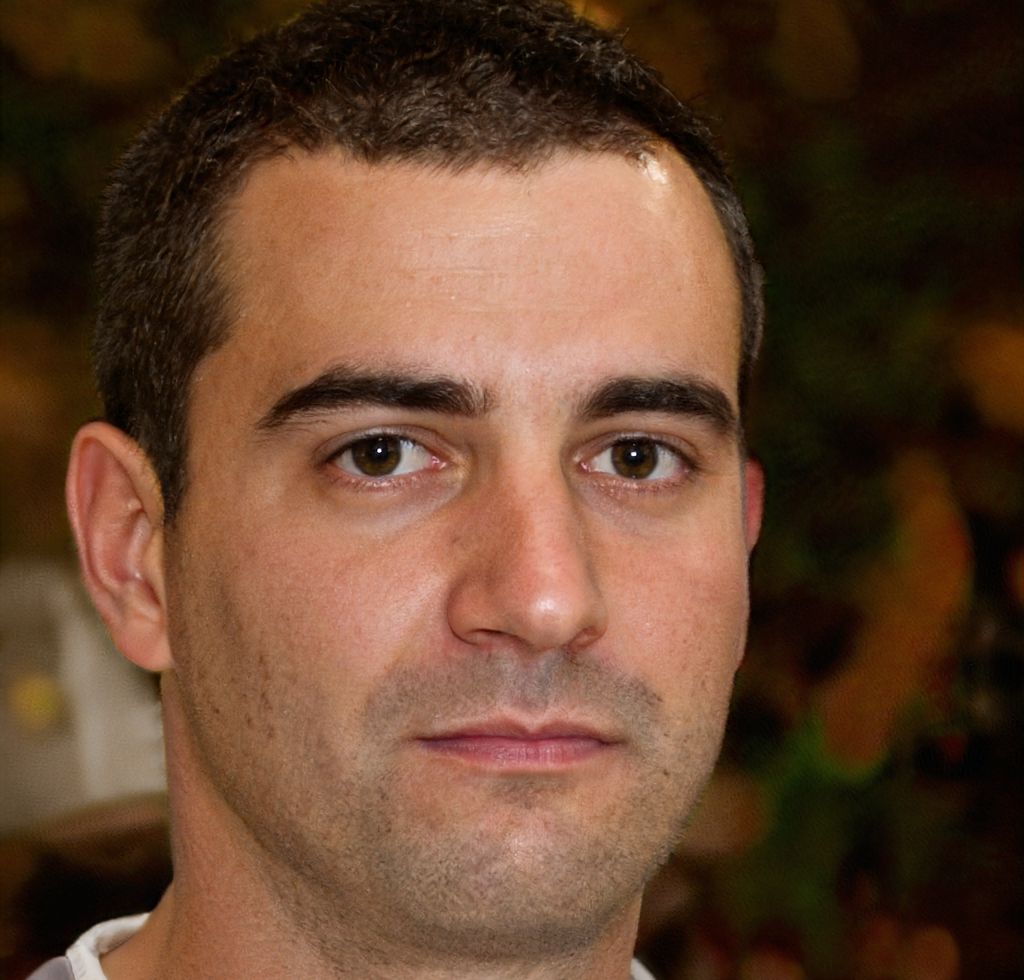Jane had a bottle filled with juice. At first, Jane drank 1/5 the 1/4, followed by 1/3. Jane checked how much juice was left in the bottle: there was 2/3 of a cup left. How much juice was in the bottle originally?
Bottle originally had
By signing up, you agree to our Terms of Service and Privacy Policy
Based on the stated assumption:
I chose the presentation to show the way of thinking when doing algebra.
Consider the denominators. I chose to do it this way:
By signing up, you agree to our Terms of Service and Privacy Policy
Jane originally had 4 cups of juice in the bottle.
By signing up, you agree to our Terms of Service and Privacy Policy
When evaluating a one-sided limit, you need to be careful when a quantity is approaching zero since its sign is different depending on which way it is approaching zero from. Let us look at some examples.
When evaluating a one-sided limit, you need to be careful when a quantity is approaching zero since its sign is different depending on which way it is approaching zero from. Let us look at some examples.
When evaluating a one-sided limit, you need to be careful when a quantity is approaching zero since its sign is different depending on which way it is approaching zero from. Let us look at some examples.
When evaluating a one-sided limit, you need to be careful when a quantity is approaching zero since its sign is different depending on which way it is approaching zero from. Let us look at some examples.
- How do you divide $95 in a ratio of 2:3?
- Patricia paid $312 for 4 nights at a hotel. What was the nightly rate for her room?
- The Community Council is replanting six flower boxes downtown. Each flower box holds 32 petunias. If petunias come in packs of 8, how many packs will be needed?
- At the Greek Burger Joint, the soda fountain yesterday dispensed 150 sodas and used 750 ounces of syrup. What is the constant proportionality of this relationship? What is the unit rate of this relationship?
- How many quarts are in 10 gallons?

- 98% accuracy study help
- Covers math, physics, chemistry, biology, and more
- Step-by-step, in-depth guides
- Readily available 24/7
 Benjamin Altschul
Benjamin Altschul Aurora Arias
Aurora Arias Jeremiah Andrews
Jeremiah Andrews